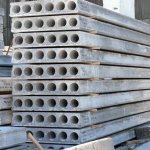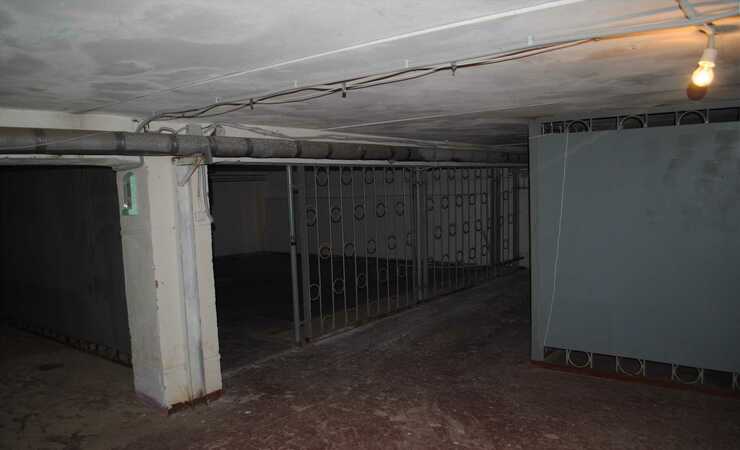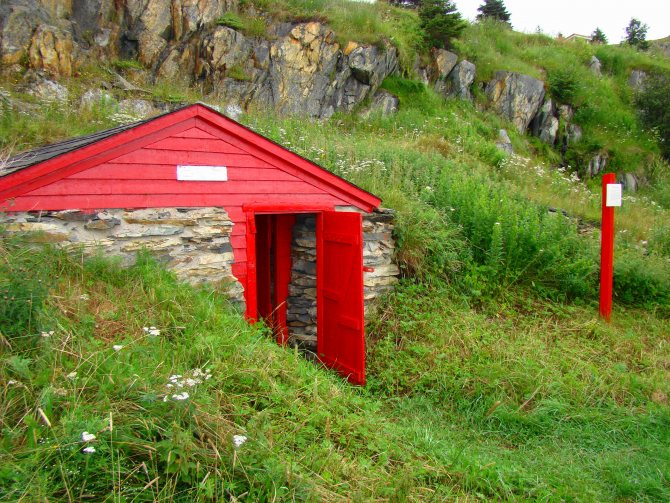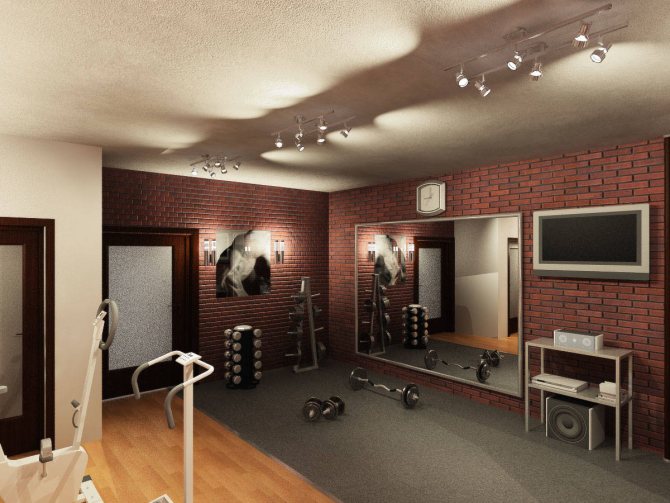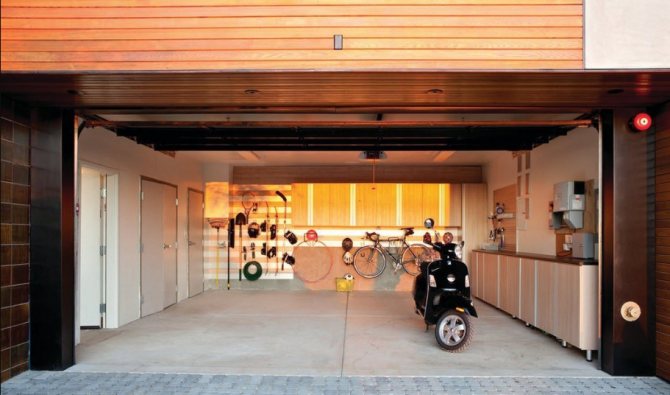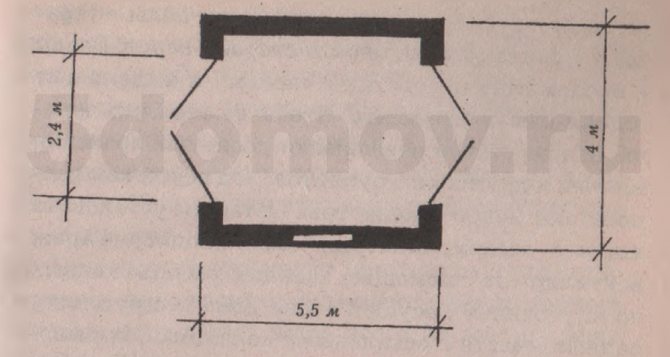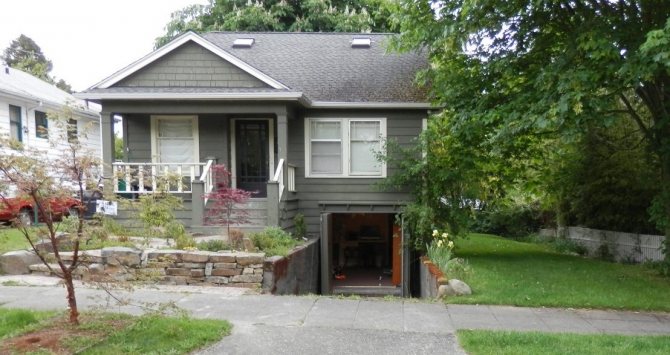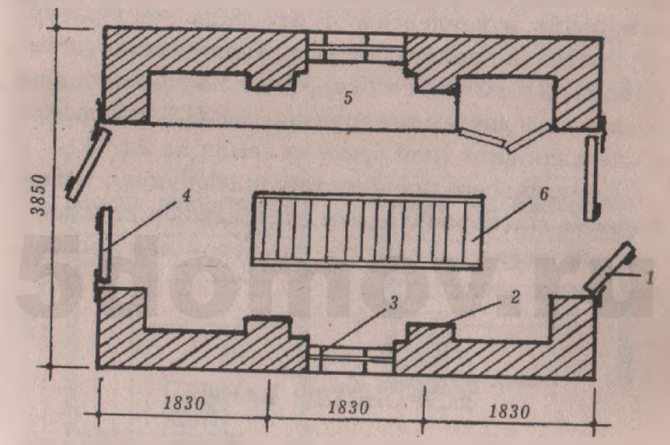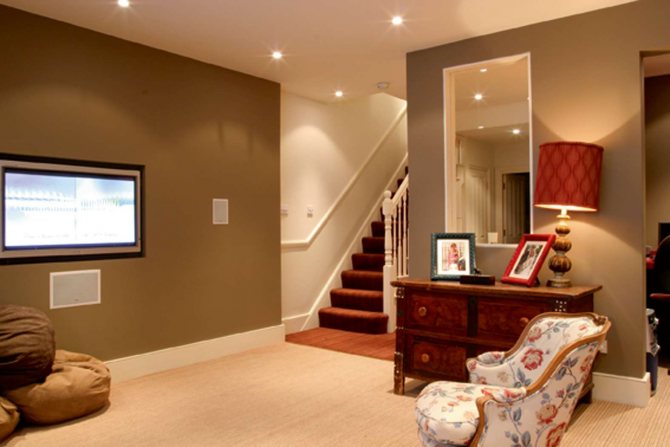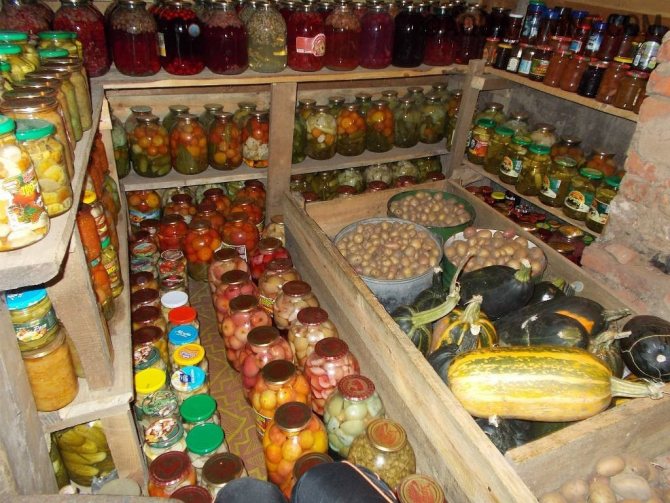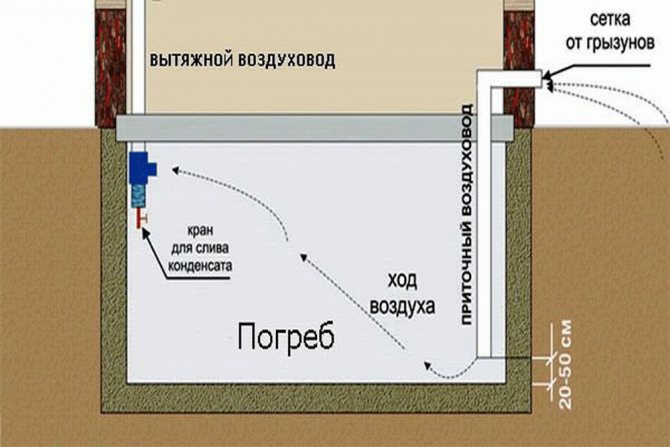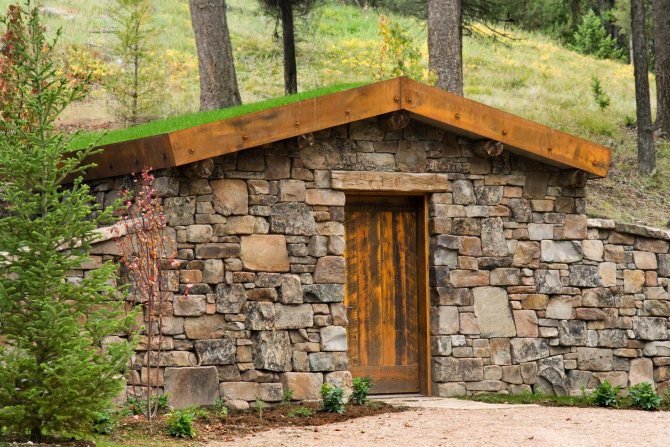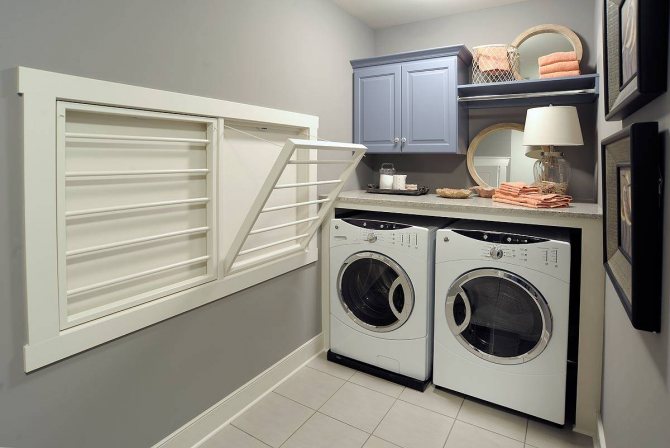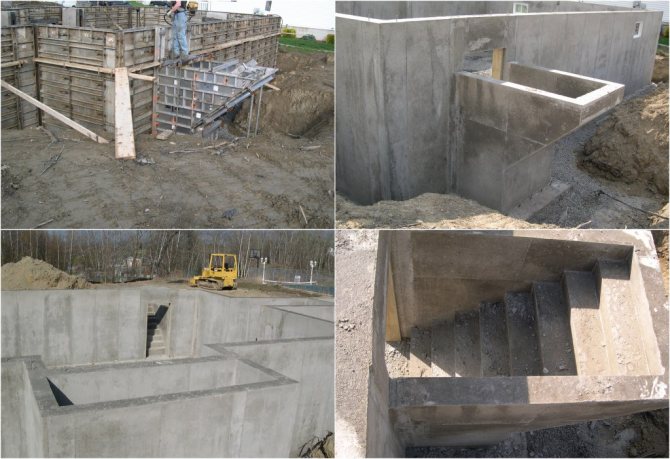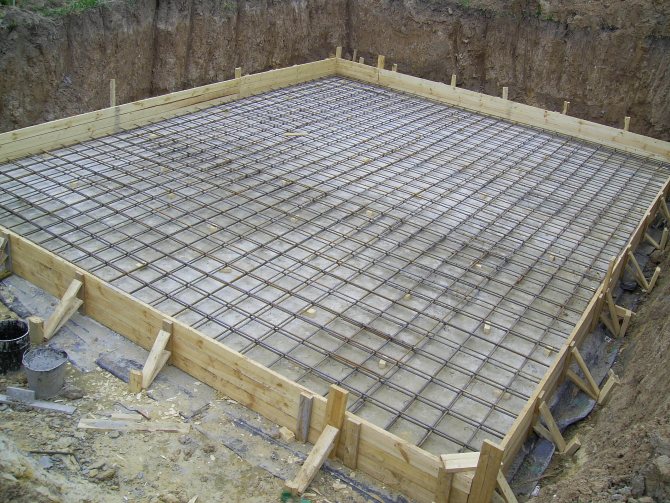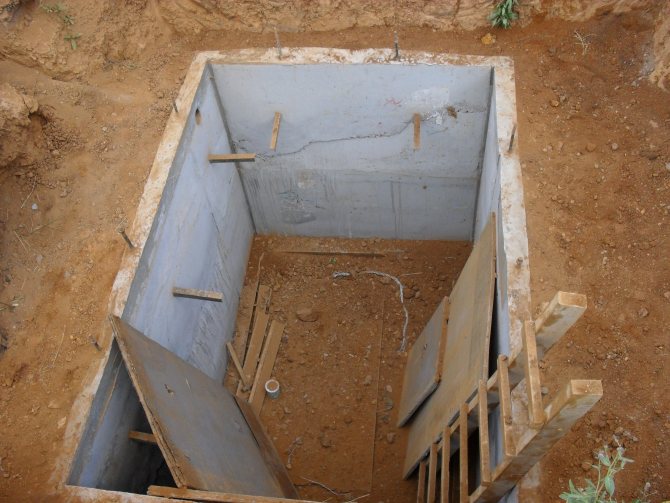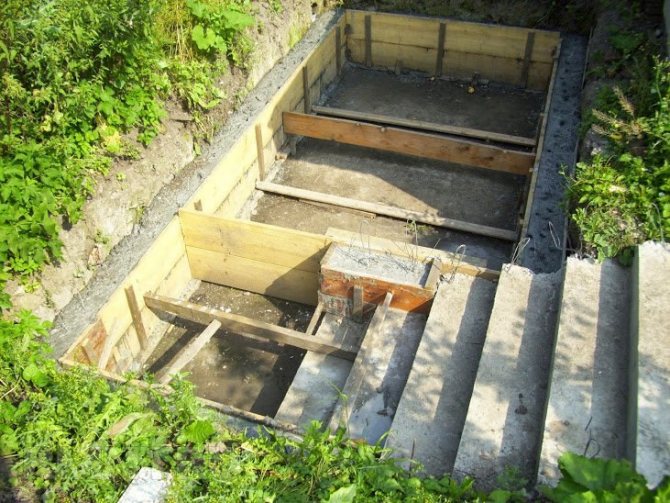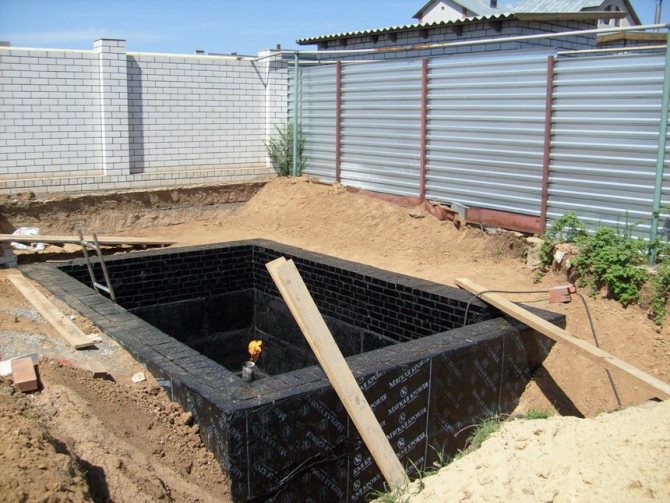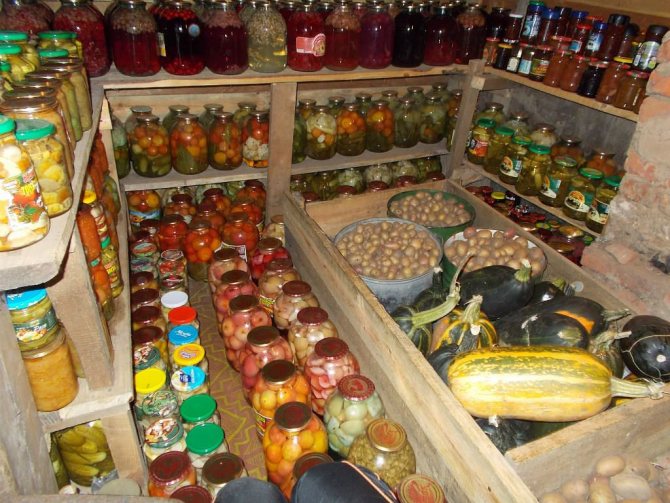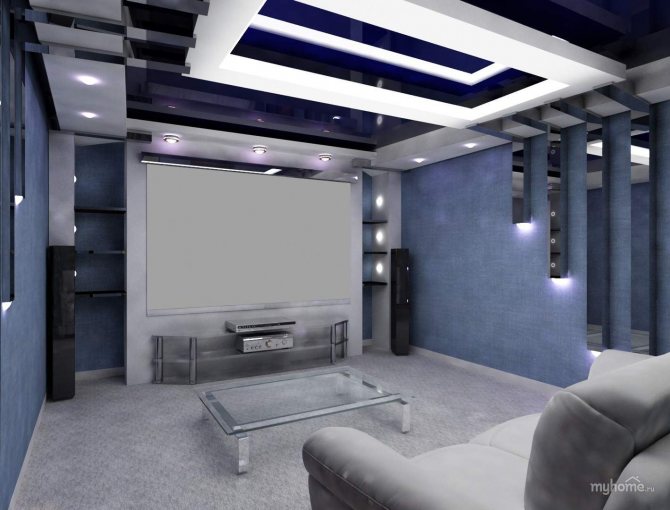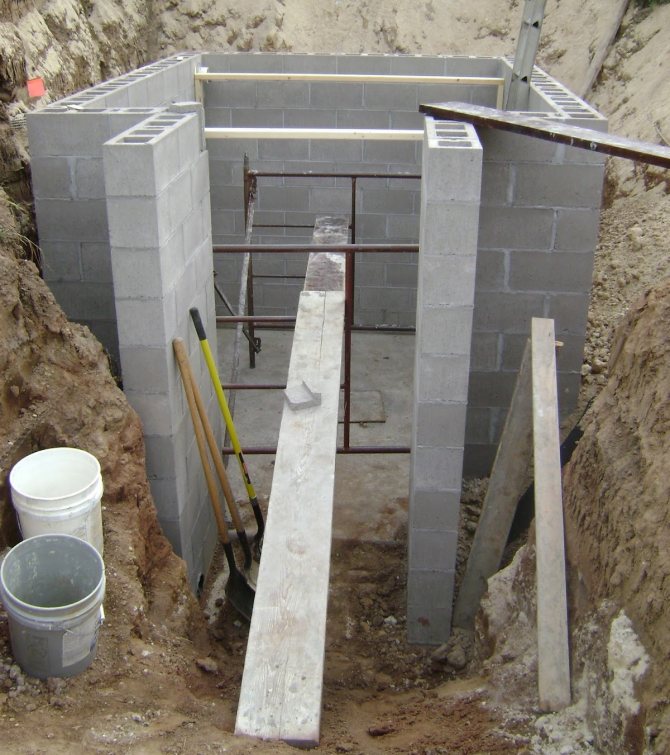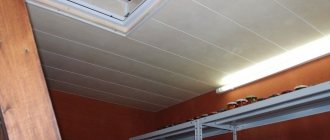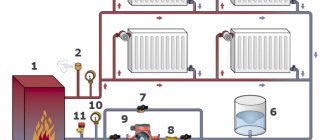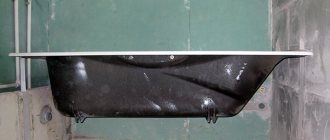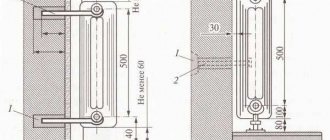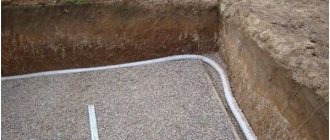Basement requirements
The basement must be in good condition so as not to create emergency situations.
Any underground structure is always a risk; when planning a basement, it is necessary to take into account:
- Soil type.
- The proximity of groundwater.
- Soil temperature.
Advice. It is necessary to start building a basement only after a detailed analysis of all these indicators, since a negligent attitude towards this issue can lead to disaster.
So:
- It is necessary to build a basement according to a clearly developed scheme, the creation of which should only be dealt with by specialists who can design a construction plan.
- A house plan with a basement also requires special knowledge and skills to create.
The foundation of a building with a basement looks different, the foundation for the structure needs to be made stronger and more stable.
How to make a prefabricated or precast-monolithic floor
When arranging a prefabricated floor, you will need a crane. This type has the main positive characteristic - it is quite fast. But it was not without its drawbacks - plates most often have standard dimensions. In particular, the maximum length of the slab does not exceed nine meters.
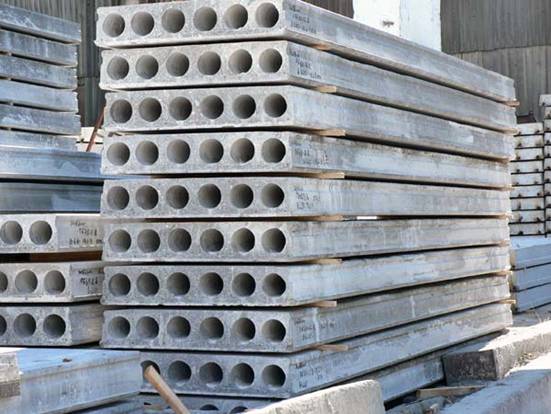
What slabs look like
That is, the length of the room should also not exceed these dimensions, or additional load-bearing walls will have to be made.
Styling features
The so-called prefabricated monolithic slabs themselves are blocks, and therefore they must be laid using especially strong steel beams:
- a small layer of concrete is poured from above, which will ensure the integrity of the structure;
- the distance between the beams should be sixty centimeters.
Now, with regards to the blocks themselves, it is recommended to use products of the following type:
- expanded clay concrete;
- polystyrene concrete.
Before pouring a thin layer of concrete, do:
- reinforcement;
- to do this, use a rebar with a diameter of about five millimeters.
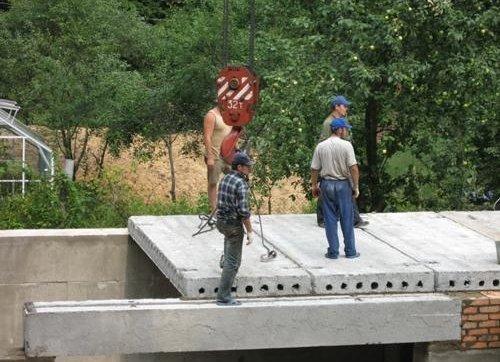

Laying slabs
The main advantage of this method is that:
- you do not need to carry out additional thermal insulation;
- it is completely environmentally friendly;
- fire resistant;
- the floor will not squeak as there is not a single piece of wood in it.
Basement classification by layout and purpose
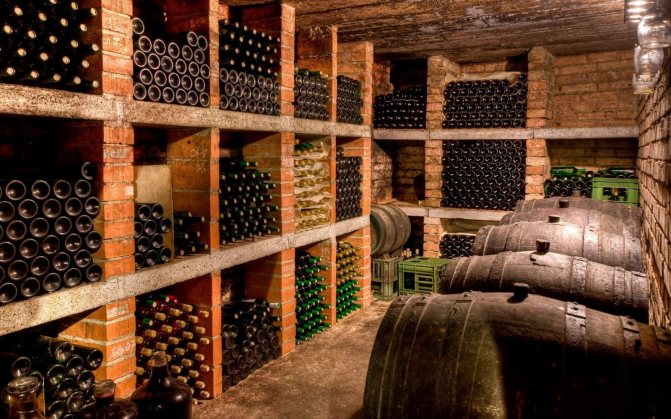

The photo shows that the stone basement is used as a wine cellar
Basements are used for different purposes, based on this, it can be concluded that certain requirements are imposed on a specific type of basement during construction.
Consider the main types of basements:
- The cellar is earthen.
- Stone basement.
- Cellar under the garage.
- Cellar made of asbestos-cement sheets.
- Cellar with a cellar.
- Cellar for storing vegetables.
- Cellars are ground.
- Deboned cellar.
Advice. When building any cellar, a lot of difficulties can arise. In order to avoid serious problems, it is necessary to become familiar with the main difficulties that may be encountered.
The most common basement problem is unacceptable temperature:
- This task is especially acute in those cases when you plan to store vegetables.
- For the safety of products, it is necessary to create the most favorable conditions in the basement, and in order to control the air temperature, you will need to put a thermometer in the cellar, preferably an alcohol one, in order to avoid dangerous mercury poisoning.
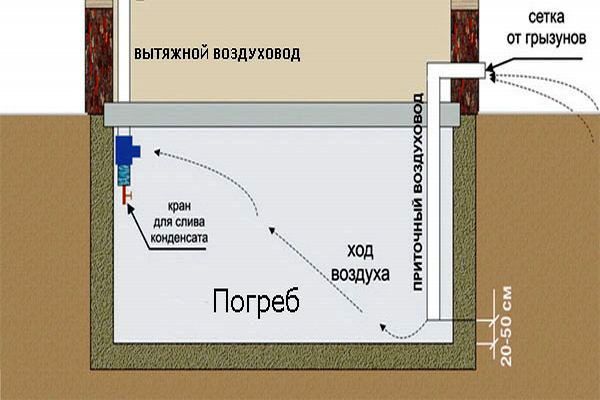

Natural ventilation plan of the cellar
Another common problem is the increased level of gas in the basement, mainly carbon dioxide:
- You can check the gas content with the help of fire, if matches or candles go out in the basement, then you need to get rid of carbon dioxide.
- To do this, you need to ventilate the room well, you can use hot charcoal in order to reduce the level of carbon dioxide.
An indicator such as humidity also plays an important role in creating favorable conditions in the cellar:
- If the humidity level is high, then there is a high probability of the onset of putrefactive processes, which will be difficult to cope with in the future.
- Not only your stocks will suffer from high humidity, but also the design of the cellar itself, which can subsequently lead to collapses.
Note! Particular care must be taken if there are wooden structures in the basement that quickly deteriorate under the influence of moisture.
- In order to maintain favorable conditions in the basement, it is necessary to monitor not only the temperature, but also the humidity.
- Therefore, hang a moisture meter next to the thermometer.
By controlling the environmental conditions in the basement, you can quickly fix problems that arise.
Tips for building a cellar
In order to build a good cellar and always maintain favorable conditions in it, you need to know some rules for its construction and maintenance.
There are three basic requirements for the construction and maintenance of a cellar:
- Maintaining optimal air temperatures.
- Favorable indoor humidity.
- Correct and reliable ventilation of the cellar.
Note. In order for the cellar to always have the required air temperature, you need to choose the right place for construction. The depth of the room plays an important role, of course, it also depends on the ground.
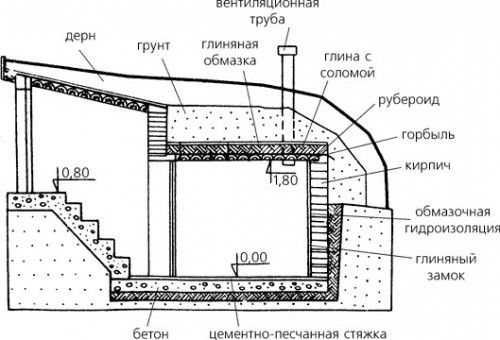

Cellar in the house: the plan should be drawn up by a specialist who knows exactly what foundation needs to be laid during construction
To maintain the necessary humidity in the basement, you need to choose the right place for the building and insulate the room well:
- During construction, it is very important to avoid places with close internal waters, their presence can lead to the destruction of the structure.
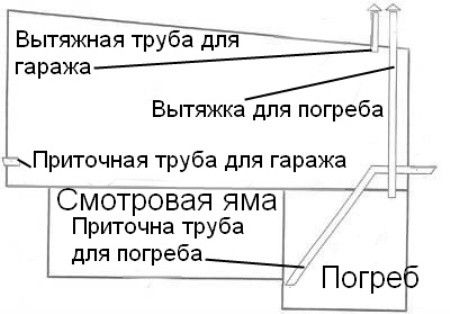

For good ventilation in the basement, you need to draw up its scheme, in the development of which it is necessary to take into account the plan of the cellar in the house
- Ventilation is necessary in any type of cellar, since there is no free access of air underground.
Advice. During frosts, the ventilation pipe must be insulated, leaving a small gap for oxygen to enter. It is better to use special filters that limit the ingress of dirt and debris into the room.
The minimum basement height should be two meters, this is the most optimal size that will not restrict human movement. When building a basement, you yourself choose its height, starting from your own characteristics and requirements.
Basement processing and maintenance
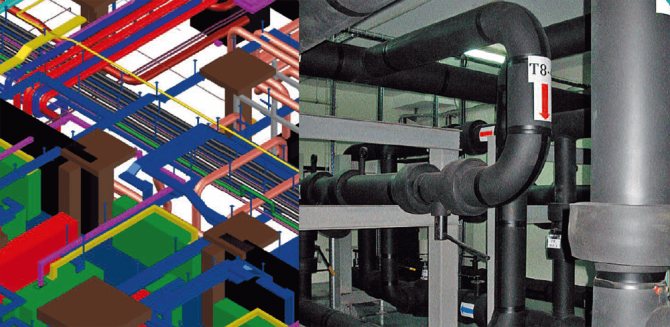

Basement maintenance
Any basement rooms need disinfection and treatment, no matter what favorable environmental conditions are, it must be cleaned and tidied up:
- It is best to do this in the spring, when the snow has thawed and the ground has begun to warm up.
- To begin with, debris and dirt are removed from the basement, as much space as possible is freed up.
- Walls can be treated with a waterproofing liquid to create maximum dryness in the room.
- The walls are covered with lime or other materials in order to reduce the likelihood of putrefactive processes.
- If there are metal structures in the basement, then it is necessary to process them as well.
In basements, metal is subject to corrosion and deterioration, therefore it is necessary to paint it for protection and strengthening.
Vulnerabilities of the tech subpopulations
Before equipping the technical underground, it is worth remembering that high humidity is often retained in such rooms, which is why the metal fittings begin to rust. At high humidity, thermal insulation materials are also destroyed. It should be noted that if there is insufficient drainage, the room can be flooded.
When arranging the underground, it is important to pay attention to the following problems:
- Ventilation malfunction. Because of this, the level of humidity in the room can rise greatly.
- Destruction of heat-insulating and waterproofing materials on pipes. This can lead to rust on the metal.
- Deteriorated electrical wiring.
- Clogged drainage system.
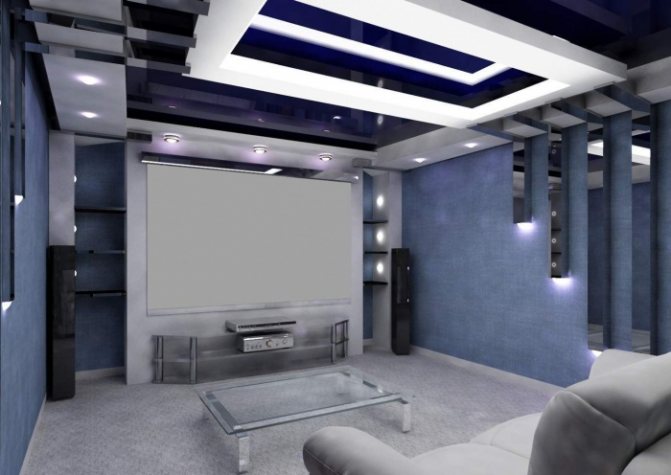

Often during troubleshooting, homeowners have to increase the basement height. Sometimes additional equipment supports are installed to prevent problems. It is worth remembering that all work in the basement must be carried out according to a pre-prepared building plan.
Tips for charting
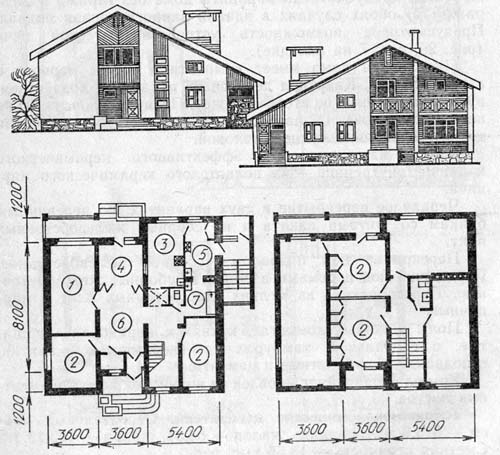

An example of planning a basement for storing vegetables
The cellar layout must be correctly drawn up so that you can always use it during repair or reconstruction:
- The accuracy of the calculations and the correctness of the basement plan are strategically important for the durability of the structure.
- Monolithic basement schemes must be calculated taking into account the pressure exerted by the monolith.
Advice. In such basements, it is necessary to make a reliable structure of reinforcement, carry out waterproofing procedures in the future. The density of concrete for construction must be calculated taking into account the pressure applied.
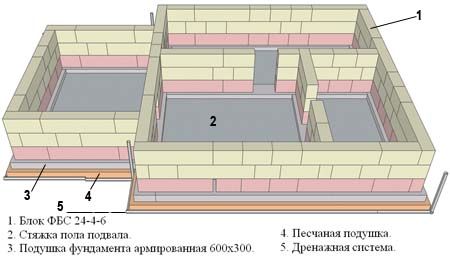

The plan of the house includes a scheme for the construction of a cellar
The sequence of building a cellar at a summer cottage
In order to start building a cellar with your own hands, it is necessary to conduct preliminary studies of the area:
- To get started, find out the exact depth of local wells, this will give you valuable information about the availability of groundwater.
- Studying the geological envelope will help you decide what materials to use in construction.
- After that, you will be able to determine the approximate cost of building the structure.
Note! The presence and activity of groundwater should be checked in the spring, when the snow begins to melt and the water level is at its highest.
- Consistent and accurate research will help you quickly navigate your next steps.
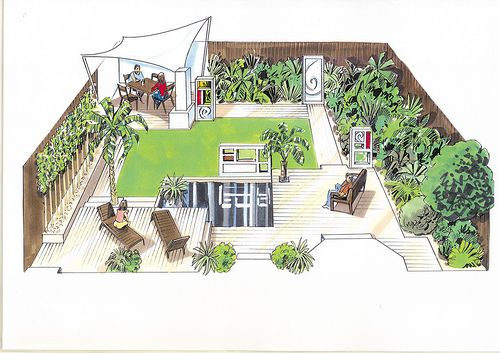

How to properly plan a summer cottage
- Please note that the most optimal basement depth is two meters, it is at this depth that you can easily maintain the required temperatures and humidity. Ventilating a room at such a depth will also not be difficult.
- You choose the size of the cellar on your own, the most important thing is that the size of the room meets all your needs and accommodates the necessary supplies.
- The basement floor must be covered with sand, as this material is ideal for structures with high humidity.
There should be a clay layer under the upper ball of the walls, which will help protect the structure from moisture. And for more information, we recommend watching the video in this article and familiarizing yourself with all the details of the construction of the cellar.
Insulation of the floor over the heated basement
If the basement is heated, all its walls are insulated, and the temperature difference between the rooms located one above the other does not exceed a couple of degrees, then the basement ceiling is insulated in the same way as the interfloor floors are insulated. And since it is easier and cheaper to lay insulation on the floor than on the basement ceiling, the work is done in this way.
Useful advice: when equipping the screed over the insulation, you need to give preference to a rigid heat-insulating material - expanded polystyrene, polystyrene foam or high-density basalt wool.
If mineral wool of low density or polystyrene with a density of no more than 15% is chosen as insulation, then it is better to equip wooden logs, place insulation between them, send a rough floor. And then lay the final flooring.

